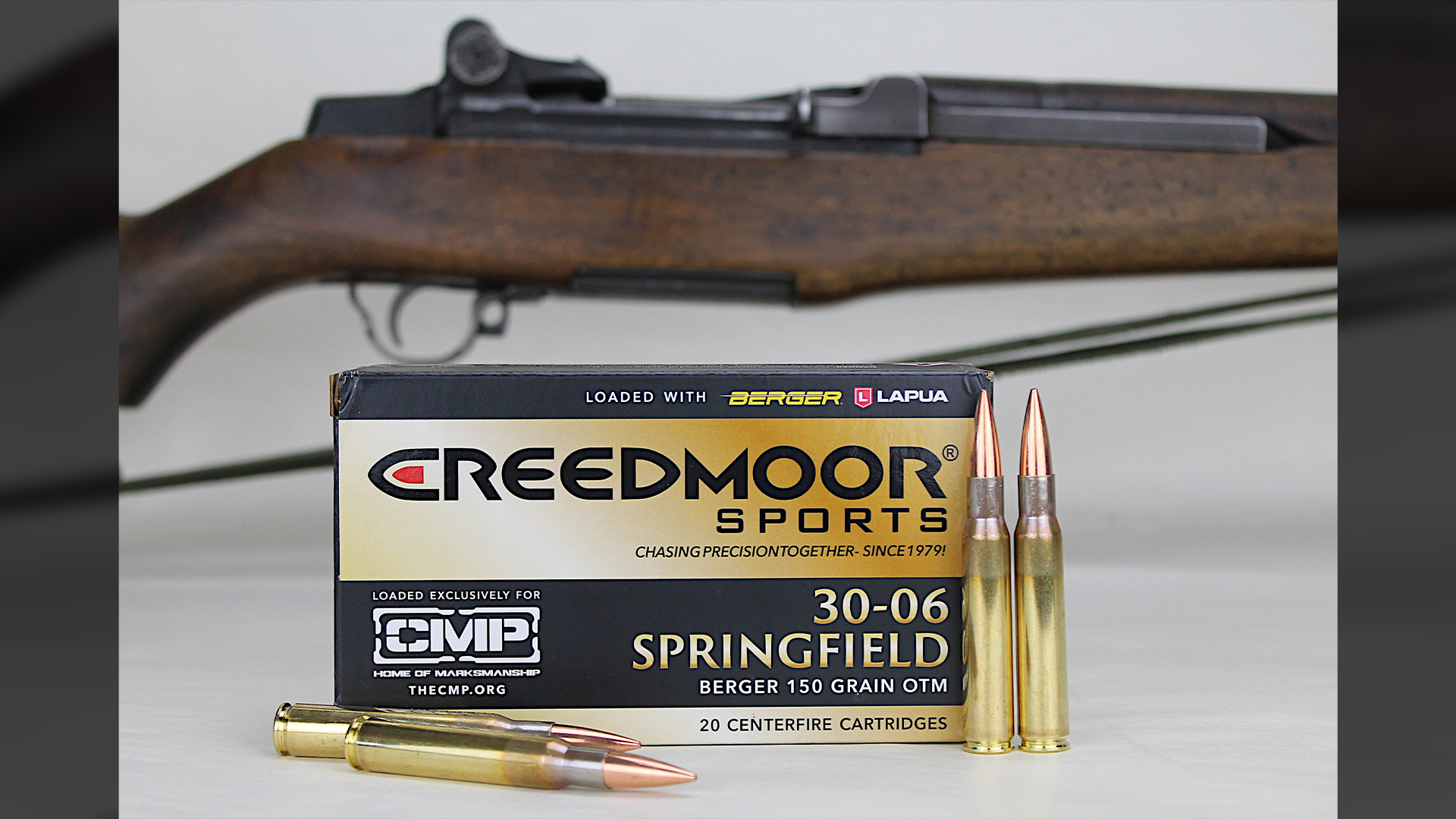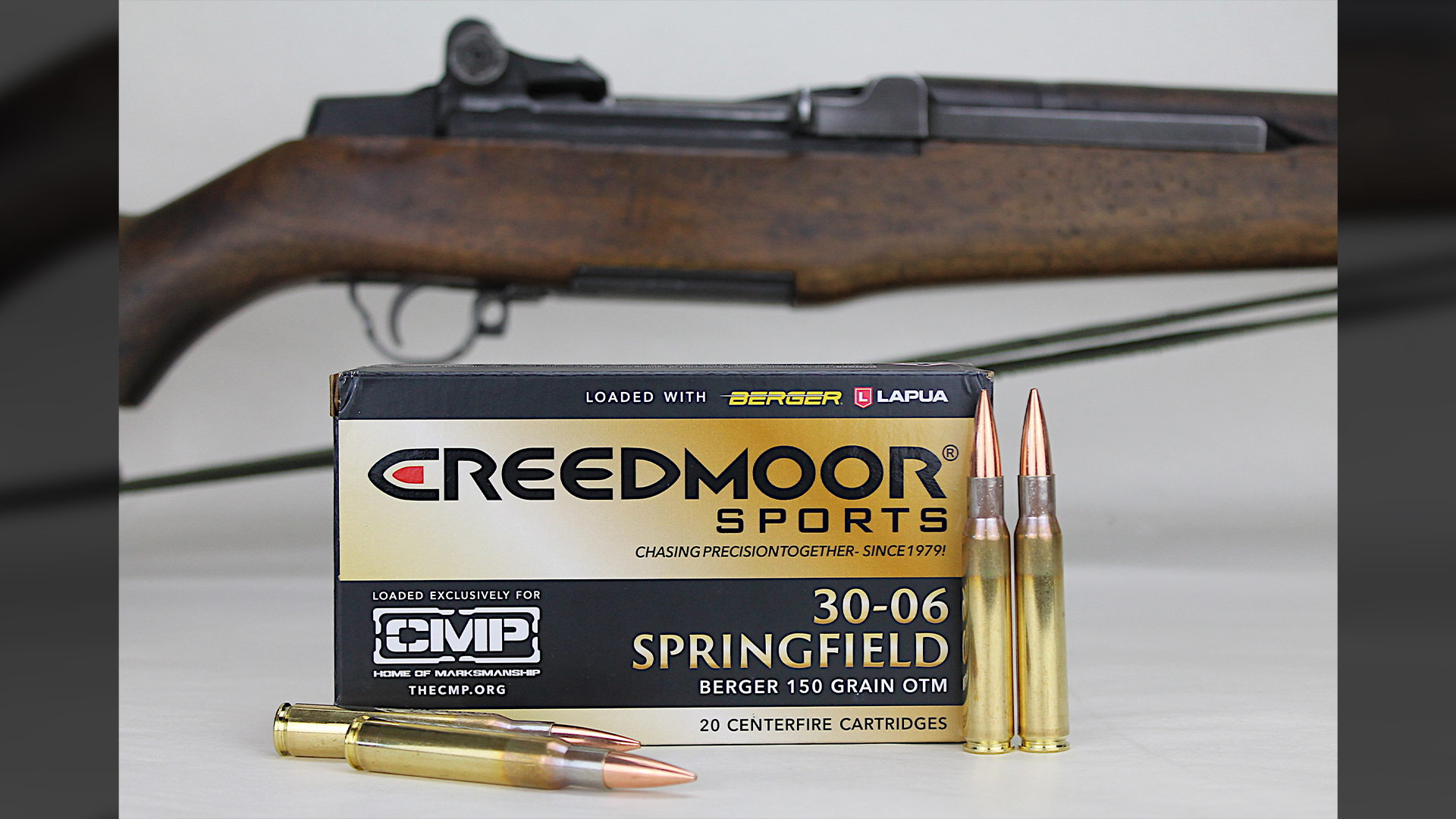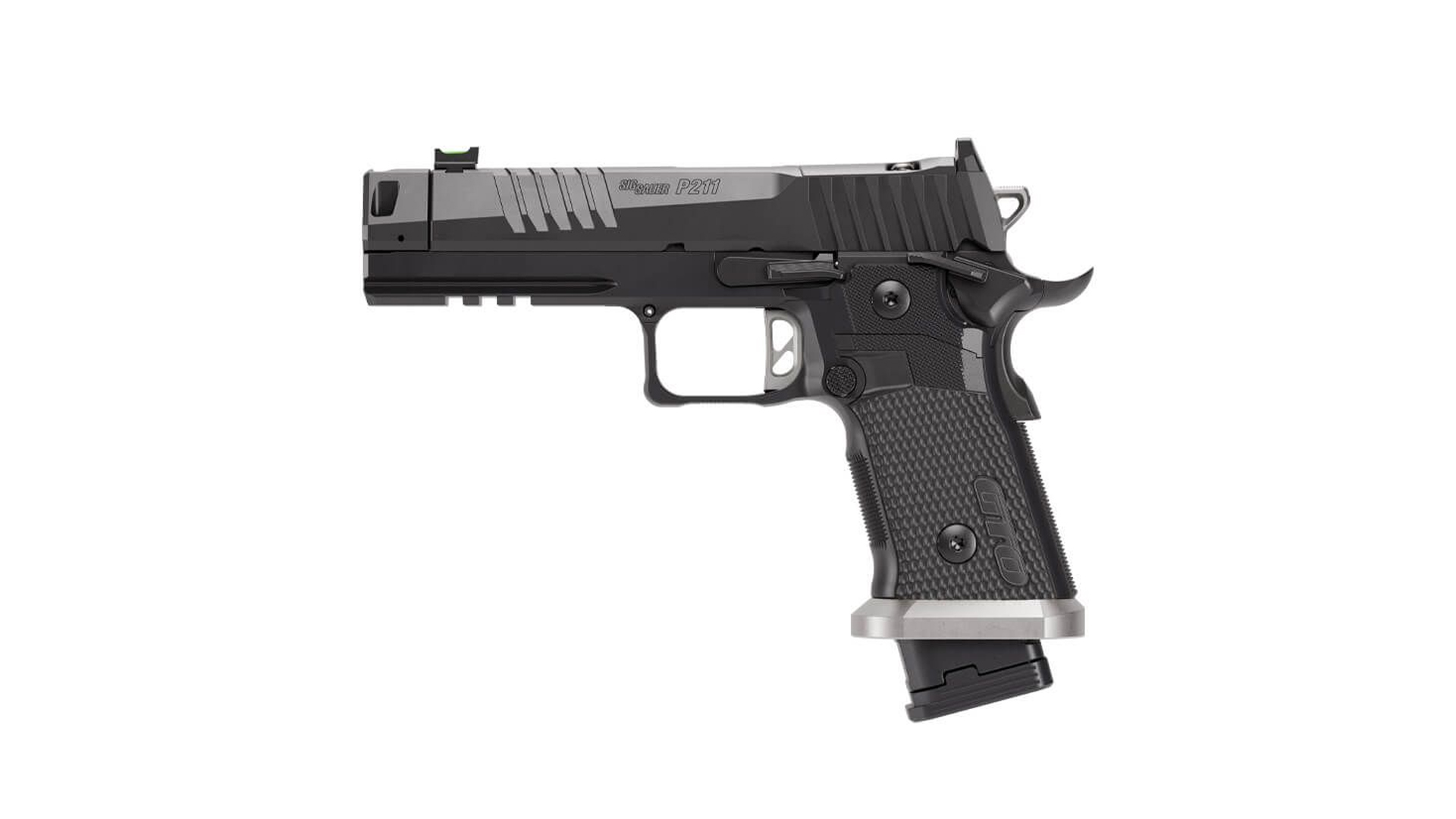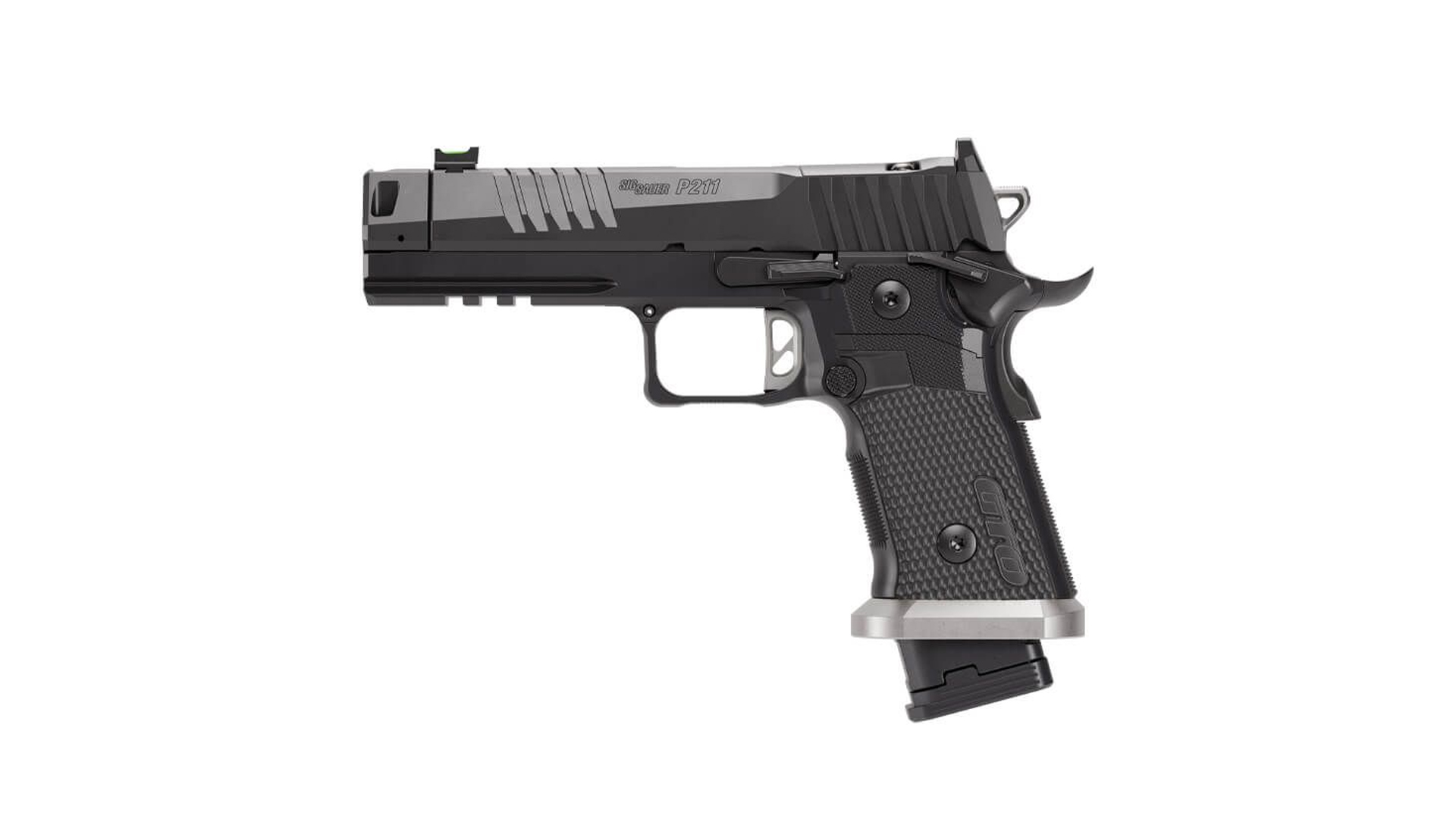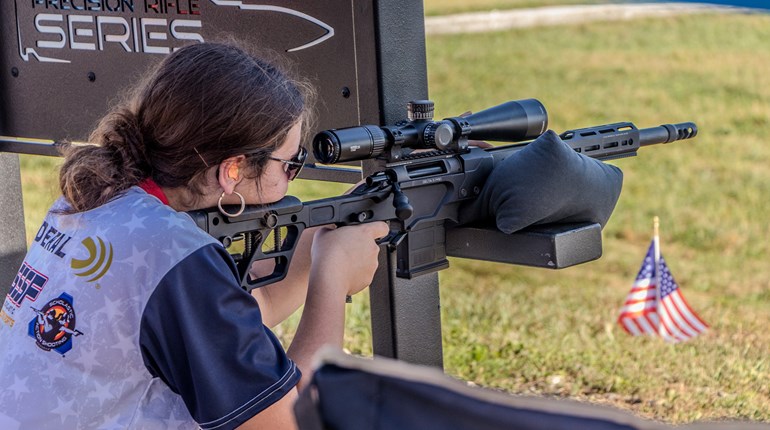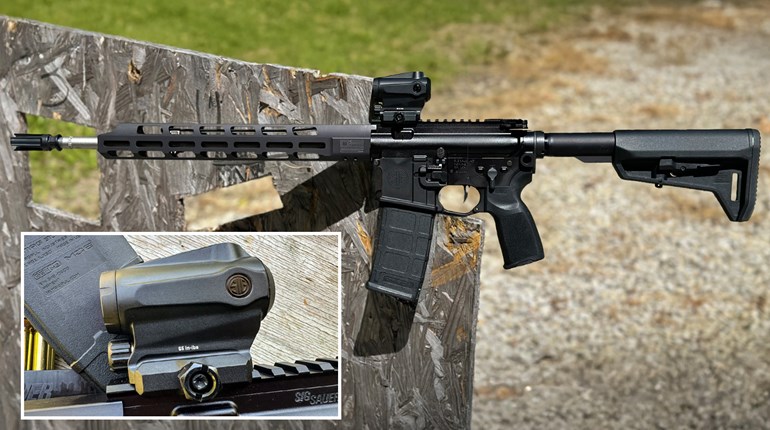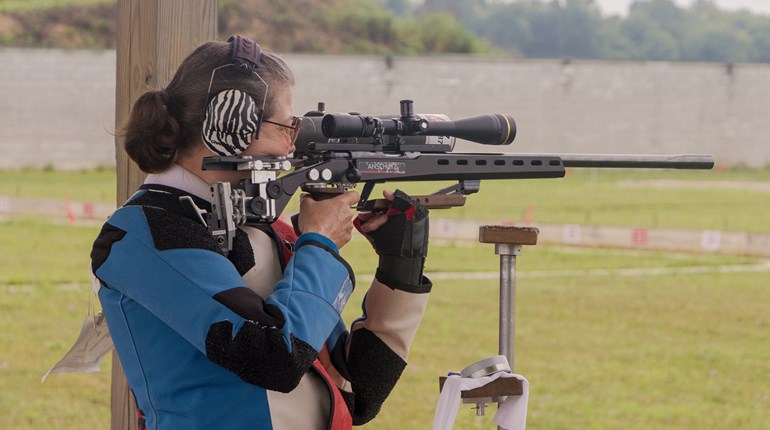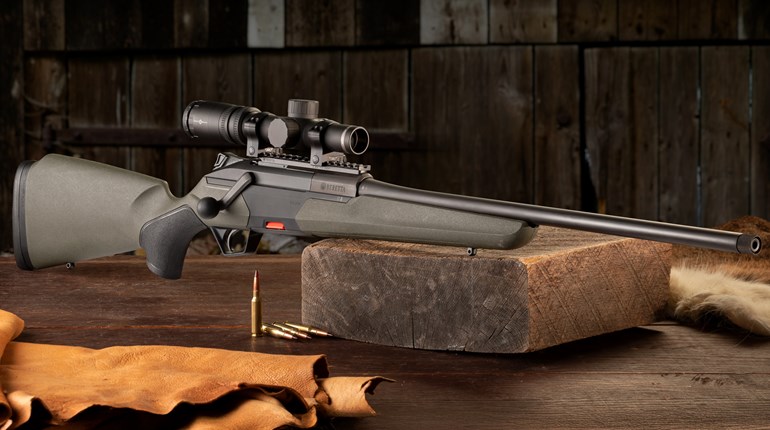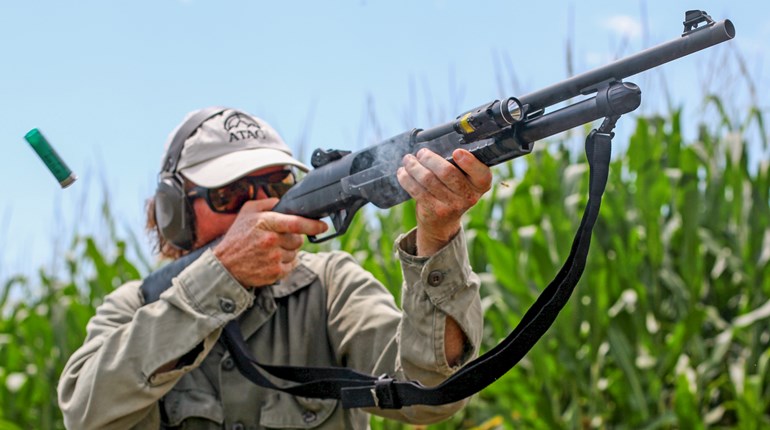
There are many aspects to good shooting, but a clean trigger pull is one of the most important points of advanced firearm performance. Being able to effectively squeeze off the shot, and replicate the process exactly, isn’t easy, though. Here are 10 tips for cleaner trigger pulls.

1. Start with a good action
Some might not realize it, but a good trigger relies on a good action. Chris Ellis, who works in marketing and communications for Timney Triggers, stresses that point. “If you’re talking about a good, barreled action—and we’re very blessed nowadays—manufacturers are making great forms to start off with,” Ellis said. “Stock manufacturers are good. We’re much better off than we were many years ago.”
2. And a good trigger
A good action is useless without a good trigger to complement it. Finding an option that works for you is crucial for the best possible trigger pull. Ellis says to take a bolt-action rifle, for example. It has a great barrel, action, stock and optics. Everything is in top condition. Oftentimes, he says the trigger isn’t allowing you to become as accurate as possible. And even if it’s good, you can make it better.

“So, to be able to take a stock rifle and turn it into something that’s really accurate, one of the easiest things you can do is replace the trigger with an aftermarket trigger that’s totally geared toward precision,” Ellis said. “Know exactly when that shot is going to break.” You can’t do that with a bad trigger.
“Whether it be grit, overtravel or creep, there’s a million words we’ve used to describe a bad trigger,” Ellis said. “A good trigger offers a clean, crisp break. But it starts with a good platform with a trigger that breaks the same way twice. I’m not saying you can’t learn to shoot with a creepy or draggy trigger. It just takes much more time, energy and effort to memorize that muscle memory.”
3. Make it even better
Once you’ve installed an aftermarket trigger, the next thing is to optimize it for you. Ellis says you get away with a little at closer yardages, but it’s a more forgiving at 50 than 250. “If you’re one of those people who wants to improve long-distance shooting, you must make sure that trigger does exactly what you ask it to,” he said. “If you’re chasing your trigger, you’ll be chasing your bullet point of impact.”

4. Understand pull weights
Of course, getting your trigger right involves pull weights. Setting it up correctly requires an understanding of what the right poundage should be, though. “Say you’re setting a trigger at three pounds,” Ellis said. “That’s pretty good when it’s warm with no gloves on. For me, when it’s cold, that consistent break at three pounds allows a basis from short shots out to long shots.
“Typically, in competition, you’re taking a rested shot,” he continued. “If you have a stable platform, in my opinion, you can go a little lighter in your pull weight, compared to if you’re shooting offhand. A lighter trigger can be an advantage.” As mentioned, those who shoot on the move—which some disciplines require—might want a little heavier weight.
Regardless, one of the best things you can do is exercise your arms, hands and fingers. That might sound weird, but the more these muscles are tuned and maintained, the more accurate you’ll be.

5. Implement good shooting form
Think of a good shot as a process. It starts with your equipment, then your stance, grip, finger placement, breathing, squeeze, etc. Thus, good stances and positions are the foundation of a good shot. Regardless of the position you find yourself using for the discipline at hand, make sure it’s the best possible option for you. Using quality mechanics is a must.
6. Perfect finger placement
Place the meaty section of the end of your pointer finger on the face of the trigger. Using the tip of your finger, or the lower two-thirds of it, will push and pull your shots.

Furthermore, understand the actual curling of your finger itself impacts your shooting accuracy. Making sure your finger creates a 90-degree angle (rather than a half circle) helps ensure you apply straightback pressure on the trigger. This too helps reduce the likelihood of missing the mark.
For right-handed shooters, if you notice consistent groups to the left, it’s possible you’re curling your trigger finger too much. Groupings to the right can be caused by improper finger placement and position as well.
7. Control your breathing
Every part of the shot is connected, including your breathing. If you don’t execute proper breathing, you can’t produce a clean trigger pull. Everything works in unison. Don’t breathe hard. Take normal breaths. Don’t hold your breath, either. Breathe normally. Once settled, stable, comfortable and on target, shoot at the shallowest point in your exhale.
8. Master the squeeze
Once you’re breathing is on point, it’s time to master the squeeze. Keep a firm grip on the gun, but not too firm. Too light and too heavy of a grip are bad for accuracy.

Once the grip is done, eat up the play (or slack, travel or whatever you call it) in the trigger. Get it just barely to the resistant point and stop. Next, once on target, slowly apply pressure until the gun goes off. You know the report is coming, but let it surprise you, if that makes sense.
Often, people shy away from recoil and report. This can lead to slapping, jerking and other unwanted trigger pull problems. Don’t do that. Instead, embrace it. Don’t flinch or close your eyes. Wear eye and ear protection for safety reasons, but eye and hearing protection can help minimize report panic, too. When working to perfect the squeeze, always remember that your finger and the trigger should be one. They work in tandem.
9. Respect muscle memory
Once you’ve worked through all the steps to executing a clean trigger pull, it’s time to replicate the process. That only comes by developing muscle memory. That’s partially on you, but also on the equipment.

“As a hunter, one of the things I like to do is take muscle memory with a firearm and make it repeatable,” Ellis said. “If you’re golfing or shooting a free throw, you want to take the logistics of that and have enough muscle memory that it becomes more of a mental aspect than physical. You’re taking out all the variables. For example, with the trigger, when it breaks the same way every time, at a pull weight acceptable for hunting, competitive shooting or whatever, you learn muscle memory fast. Your brain says take that shot. It’s more of a mental exercise than physical because you have a trigger that isn’t gritty and breaks the same way every time.”
10. Practice aplenty
The only way to develop muscle memory, or even improve your skills in general, is to practice often. But when you do, practice with a purpose. Don’t do it halfway.

“The biggest tip I can give you is practice like you play,” Ellis said. “If you want to become a long-distance shooter, get away from the bench. Practice what you’ll do in the field. [Build] that muscle memory.”
Live fire is the best way to practice, but don’t overlook dry firing, the use of snap caps, rimfire range time (it’s cheaper), and other mental and physical exercises that help you improve. And certainly, don’t forget to keep your rifle’s trigger system properly cleaned and maintained.
“If you’re trying to improve your accuracy with any type of firearm, there are a couple of things that really help you to become more accurate,” Ellis said. “It’s kind of a hillbilly logic, but if you want your bullet to hit the same place twice, your firearm setup must be consistent enough to do so.”
You and your gun are a two-person team. It holds its end of the bargain, and so must you. You rely on each other. Take care of it, and get to know it, as you would a human partner. That sounds extreme, but it’s important.
Read more: How Competitive Shooting Makes You A Better Hunter









